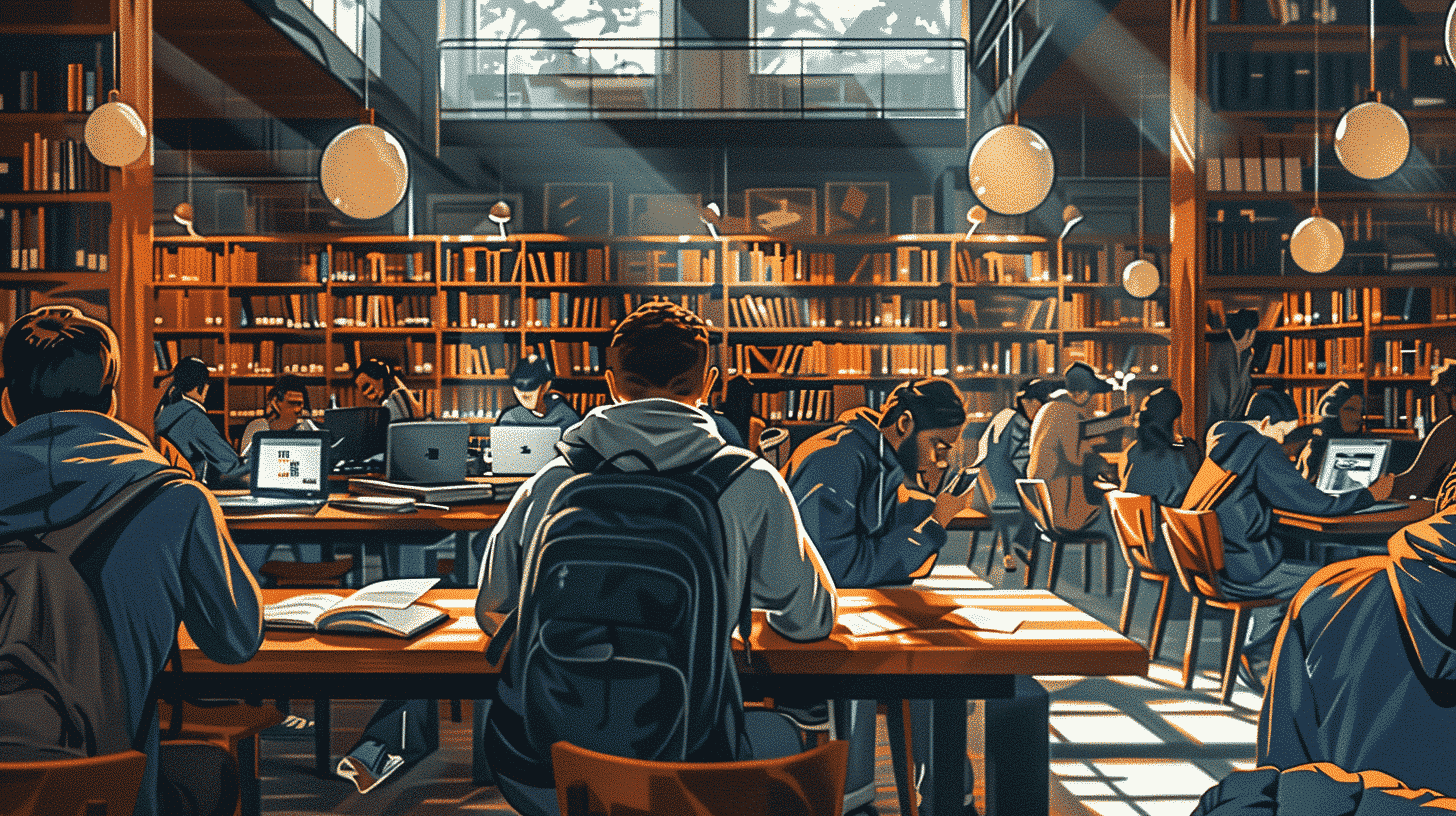The Significance of Landscape Art in Italian Culture
Landscape art, or “arte del paesaggio,” has a profound place in Italian culture. It serves as a window into the country’s diverse geography, historical events, and societal values. Understanding the terminology and themes in landscape art can provide language learners with a deeper appreciation of Italy’s cultural tapestry.
Key Vocabulary in Italian Landscape Art
To start, let’s explore some essential vocabulary related to Italian landscape art. Learning these words will not only enhance your understanding of the art but also expand your Italian language skills.
– **Paesaggio** – landscape
– **Colline** – hills
– **Montagne** – mountains
– **Lago** – lake
– **Fiume** – river
– **Campagna** – countryside
– **Alberi** – trees
– **Cielo** – sky
– **Nuvole** – clouds
– **Sole** – sun
– **Ombra** – shadow
By familiarizing yourself with these terms, you can better describe the elements of a landscape painting and discuss them in Italian.
Describing Landscapes in Italian
When discussing landscape art, it’s important to be able to describe the scene effectively. Here are some phrases and sentences that you can use to describe landscapes in Italian:
– Il paesaggio è mozzafiato. (The landscape is breathtaking.)
– Le colline sono verdi e ondulate. (The hills are green and rolling.)
– Le montagne sono maestose e imponenti. (The mountains are majestic and imposing.)
– Il lago è calmo e sereno. (The lake is calm and serene.)
– Il fiume scorre attraverso la valle. (The river flows through the valley.)
– La campagna è piena di fiori colorati. (The countryside is full of colorful flowers.)
– Gli alberi sono alti e frondosi. (The trees are tall and leafy.)
– Il cielo è azzurro e limpido. (The sky is blue and clear.)
– Le nuvole sono bianche e soffici. (The clouds are white and fluffy.)
– Il sole splende luminoso nel cielo. (The sun shines brightly in the sky.)
– Le ombre delle montagne sono lunghe. (The shadows of the mountains are long.)
Using these phrases, you can paint a vivid picture of the landscape you are describing, enhancing both your language skills and your appreciation of the art.
Exploring Famous Italian Landscape Artists
Italy has produced numerous renowned landscape artists whose works have left an indelible mark on the art world. Learning about these artists and their contributions can provide valuable insights into Italian culture and language.
Leonardo da Vinci
Leonardo da Vinci, one of the most celebrated artists of all time, was also a master of landscape art. His keen observation of nature and meticulous attention to detail are evident in his landscape sketches and paintings. For example, his famous drawing “Study of a Tuscan Landscape” (1473) captures the essence of the Tuscan countryside with remarkable precision.
Caravaggio
Caravaggio, known for his dramatic use of light and shadow, also created captivating landscape backgrounds in his works. His ability to convey the interplay between light and darkness adds depth and emotion to his landscapes. Studying Caravaggio’s techniques can help language learners understand the nuances of descriptive language in Italian.
Canaletto
Canaletto, a Venetian painter, is famous for his detailed and realistic depictions of Venice’s canals and architecture. His works, such as “The Grand Canal in Venice” (1738), offer a glimpse into the city’s landscape during the 18th century. Exploring Canaletto’s art can enhance your vocabulary related to urban landscapes and architecture.
Giovanni Bellini
Giovanni Bellini, a Renaissance painter, often incorporated serene landscapes into his religious and mythological scenes. His use of color and composition creates a sense of harmony and tranquility. By studying Bellini’s works, language learners can learn to describe the emotional and aesthetic qualities of landscapes in Italian.
Connecting Language and Art: Practical Exercises
To deepen your understanding of Italian landscape art and improve your language skills, here are some practical exercises you can try:
1. Describe a Painting
Choose a landscape painting by an Italian artist and describe it in Italian. Use the vocabulary and phrases mentioned earlier to create a detailed description. For example:
– Il dipinto mostra un paesaggio collinare con alberi alti e ombre lunghe. Il cielo è azzurro e limpido, con nuvole bianche e soffici. Nel mezzo del paesaggio, c’è un fiume che scorre attraverso la valle.
2. Compare Two Landscapes
Select two landscape paintings by different Italian artists and compare them in Italian. Discuss the similarities and differences in their styles, compositions, and use of color. For example:
– Il paesaggio di Leonardo da Vinci è più dettagliato e realistico, mentre quello di Bellini è più armonioso e tranquillo. Entrambi usano il colore in modo magistrale, ma in modi diversi.
3. Create Your Own Landscape Description
Imagine a beautiful Italian landscape and describe it in Italian. Use your creativity to paint a vivid picture with words. For example:
– Immagina un paesaggio toscano con colline verdi e vigneti. Il sole splende luminoso nel cielo azzurro, e ci sono alberi di cipresso lungo i sentieri. In lontananza, si vede un antico casale in pietra.
Learning Italian Through Art History
Italian landscape art is not only a visual delight but also a gateway to learning the Italian language. By exploring the works of famous artists, studying the vocabulary and expressions related to landscapes, and engaging in practical exercises, language learners can enhance their language skills while immersing themselves in Italy’s rich cultural heritage.
Additional Resources
To further your study of Italian landscape art and language, consider the following resources:
– Art books and catalogs featuring Italian landscape artists
– Online art galleries and virtual museum tours
– Language learning apps and websites with art-related content
– Italian language courses with a focus on cultural topics
By combining your passion for art with your language learning journey, you can gain a deeper appreciation of Italy’s beauty and heritage while improving your Italian language skills. Buon viaggio nell’arte e nella lingua italiana! (Have a great journey through Italian art and language!)






